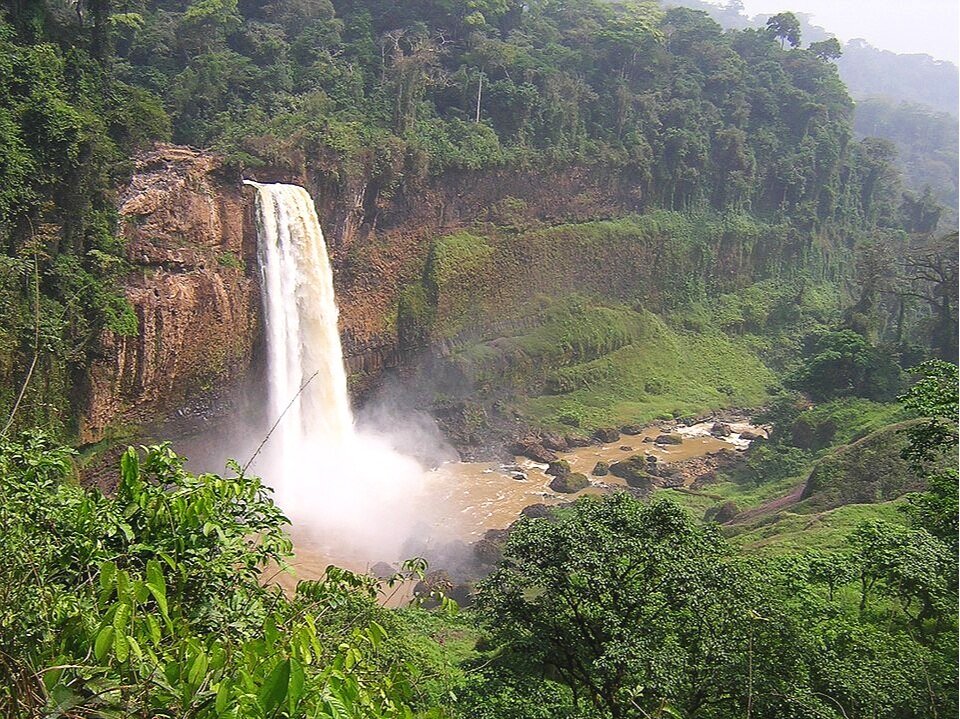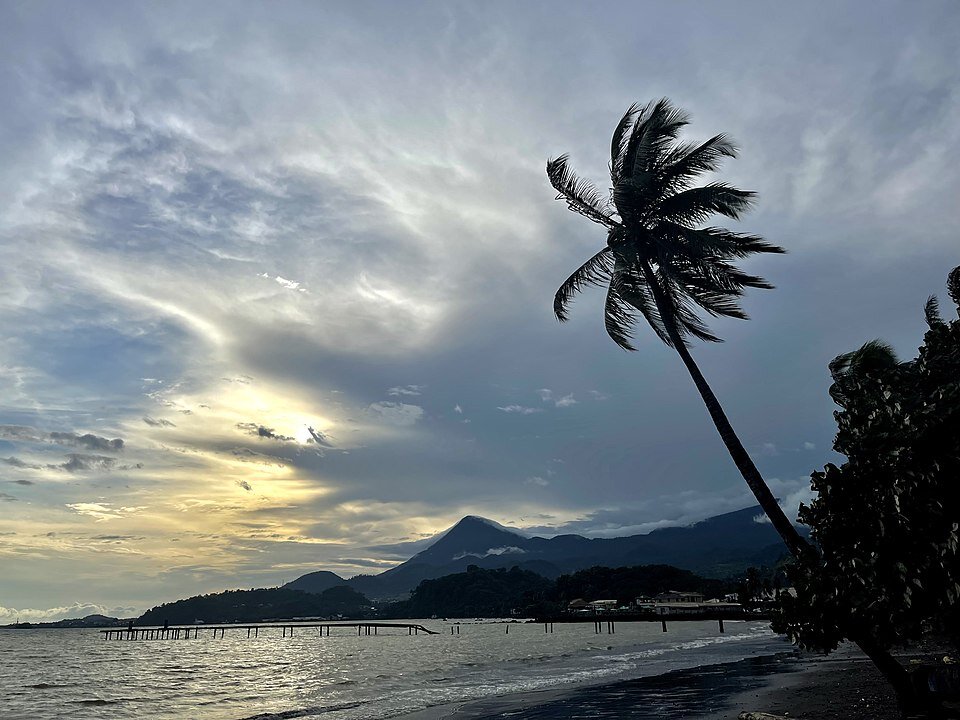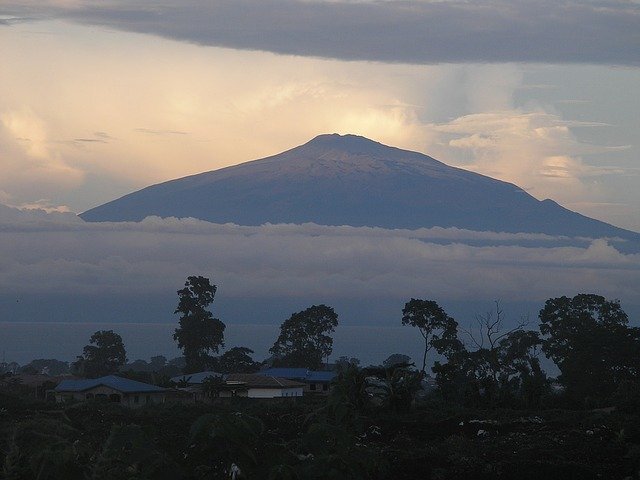Roads Less Traveled: Cameroon
Susan Brown | Scotland Tour Guide
Are you an intrepid, adaptable, and street-smart traveller ? Are you looking for a new adventure ? Maybe West Africa is for you!
So many of the stories we hear about travel in Africa are focussed on the Eastern and Southern parts of the continent, including Kenya,Tanzania, Namibia, and South Africa. I was based in West Africa for just over two years in the early 2000’s and had some great experiences, both with work and for leisure.
Bansoa Village, Cameroon
Image | Edouard Tamba, Unsplash
Between 2004 and 2006, I worked for Guinness in Cameroon, which was at once a culture shock and an amazing experience. Many of you will know of Guinness, but you may be surprised to find out that Cameroon is the fifth biggest market in the world (great quiz question if you need one!). I was what they called “fresh fish” when I arrived—freshly landed and flapping around trying to get to know a different country and culture whilst trying to fit into my new role.
The culture shock was precipitated by a mix of weather, environment, security, and the fact that for the first time in my life, I was in a very clear minority—female and white, working in a logistics role in a factory environment in West Africa. This article, however, is not about my life in Africa but rather on the roads less travelled that my colleagues and I were fortunate to experience.
Travelling in West Africa is an adventurous affair, and I was glad that I had the backup of both multinational and African born-and-raised colleagues who could teach me how to act and react in many situations. This started from the basics, such as how to drive in Africa (it is a skillset where driving on one particular side of the road and the number of lanes in each direction in the city is a guideline, not necessarily a mandate), how to negotiate your way through one of the many regular police stops, and what to eat when outside the main cities where bush meat (meat from jungle animals) is a staple.
Cameroon is nestled between six West African countries, clockwise from northwest to southwest: Nigeria, Chad, Central African Republic, Republic of Congo, Gabon, and Equatorial Guinea. It has a population of 25 million that speak 250 local languages, as well as Pidgin, French, and English. The latter two languages are a result of European colonialism of the 18th-mid-19th centuries. The country can generally be split into English-speaking in the southwest and northwest and French-speaking areas everywhere else. The capital is Yaounde, and the port city of Douala, where I was based, is a four-hour drive south of the capital.
Mendong neighborhood in Yaounde, Cameroon
Image | Edouard Tamba, Unsplash
While the country is home to one of the five wettest places on the planet, the weather is varied depending on the region. The far north is semi-arid while the south is wetter and more humid. The village of Debundscha in the southwest receives over 400 inches of rain per year!
In general, there is a dry season (December to April) and rainy season from May to November, which starts with the little rains (only a few hours at a time) and works up to the big rains where it might not stop for 24 hours or more. This certainly made the logistics of moving pallets of beer around the country a little more challenging as some areas were cut off for up to five months at a time because the roads were impassable for trucks!



If you watched the 1984 film, Greystoke,The Legend of Tarzan, you will have seen the Chutes D’Ekom waterfall, which is impressive in rainy season and just a trickle in dry season.
In the southwest,you can visit Limbe for the volcanic black sand beaches and the Limbe Wildlife Sanctuary which rescues primates and rehabilitates them.
Not far away in the same area is the town of Buea which is the start point if you wish to climb Mount Cameroon. The mountain is just over 4000m / 13000 ft high and is an active volcano. I haven’t climbed it myself, but a colleague who did it over several days said it was quite challenging. This would make a great alternative to the well-worn path up Mount Kilimanjaro in East Africa.
Carrying on up into the English speaking North West, there are the temperate central Highlands of Bamenda and Bafoussam areas. Fascinating local culture abounds everywhere from the style of architecture, the way of life, and the history to the natural landscapes. It was in these areas where I learnt that pineapples do not grow on trees (hey, I’m from the countryside in Scotland, and this was my first trip to the tropics. Please don’t judge me!).
In the area, Foumban is a must, as it has a key place in the history of Cameroon and a royal palace from the Bamoun Dynasty. Foumban is also well known for its arts and crafts. The craft market there will allow you to check how good your haggling skills are! There is a festival held every two years called the Nguon Festival which, hopefully, will survive the Covid pandemic and be held again. We stayed at Le Domaine de Petpenoun, 20km from Foumban on a number of occasions and really enjoyed the relaxed, open, country environment.
Assembly of Tribal Leaders, Foumban
Image | Heather Powell, Wikimedia Commons
Heading east, a couple of nights spent in Kribi, allows you to visit the Lobé waterfalls and have beach barbecues of locally caught freshwater prawns, expertly prepared by the locals. The beach is great but you need to be a fairly confident swimmer as there is a strong Atlantic surf.
Guinness Cameroon sponsored a number of projects across the country as part of its corporate social responsibility. I was also able to get into more jungle-type areas where the company had established water projects. We almost got stuck on one trip as the roads go through the clay soil, which, in rainy season, becomes a slippery mess and even in a 4x4, hills can become a challenge to get up or go down.
I also travelled to the far north of Cameroon with Guinness, to Garoua and Maroua and expand my understanding of the country and its culture. We were treated to a “fantaisie” by the local ruler; this consisted of a number of mounted riders in bright capes with beautiful horses racing towards us in a line and stopping at the last minute. It was an amazing sight to behold.
If all of this is not enough for you, Cameroon is also filled with national parks that range from jungle to savannah where you can spot a wide range of mammals and birds as well as spectacular flora and fauna. Parks include Waza National Park, Korup National Park for the birdlife, Campo Ma’an National Park and the UNESCO listed Dja Faunal Reserve which is one of the largest areas of protected rainforests in Africa. The Dja Faunal Reserve is especially noted for its biodiversity, 107 different mammals of which five are threatened and a wide variety of primates.
Cameroon Forest Treefrog
Image | Bernard Dupont, Wikimedia Commons
There is so much to see and do in Africa but beware, it gets under your skin very quickly, and once visited, it will stay with you forever.




